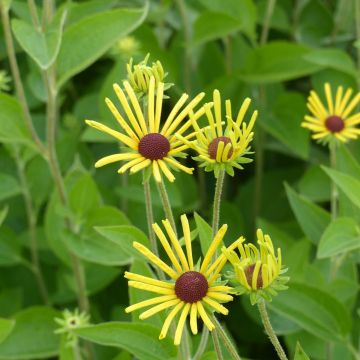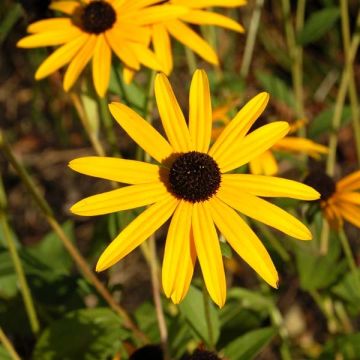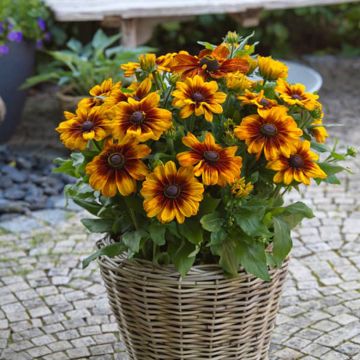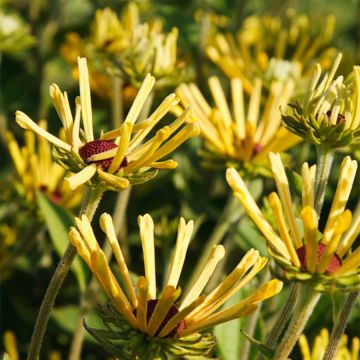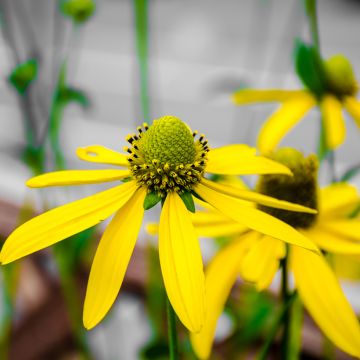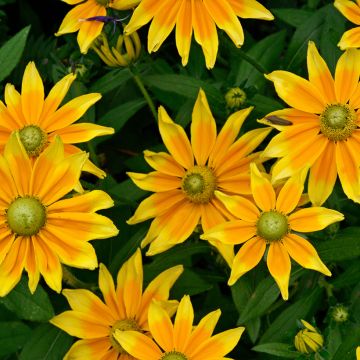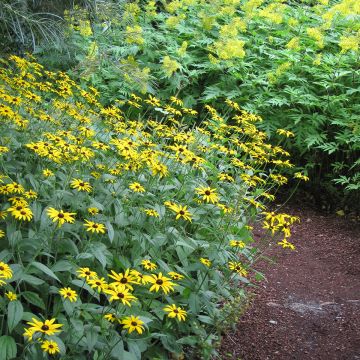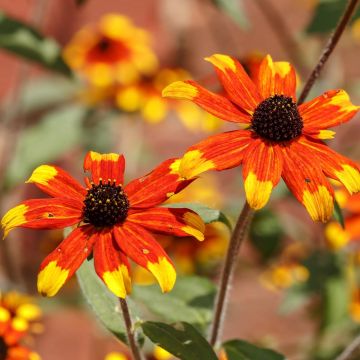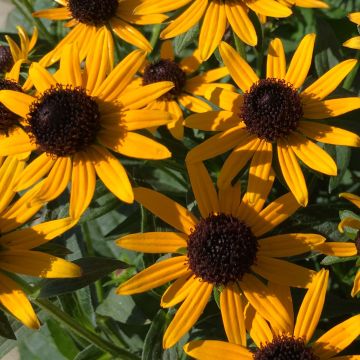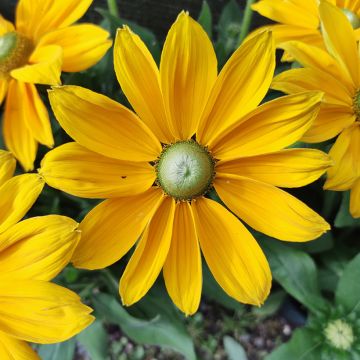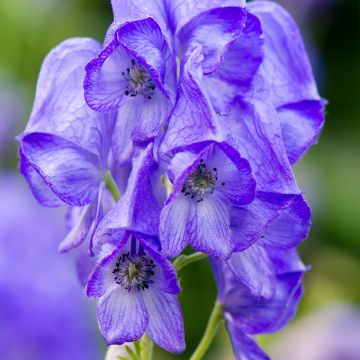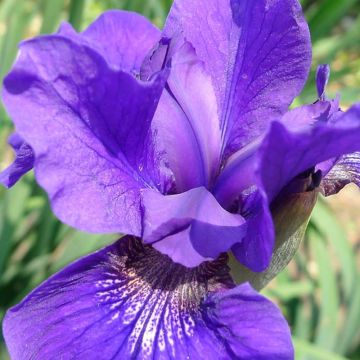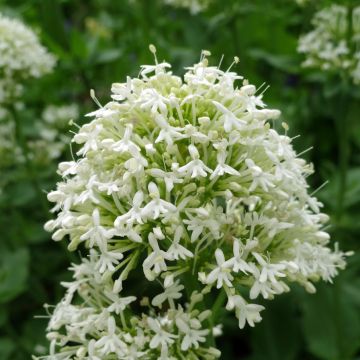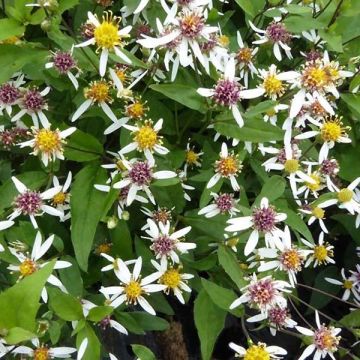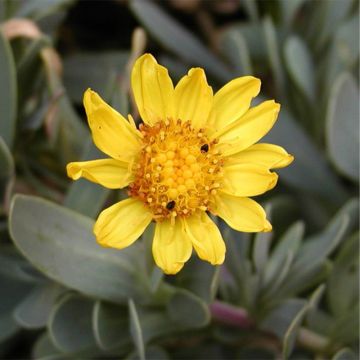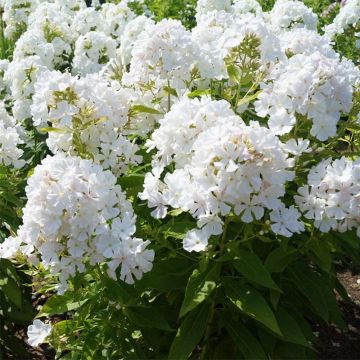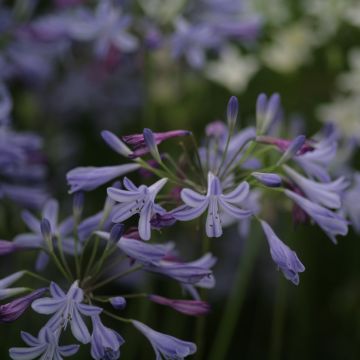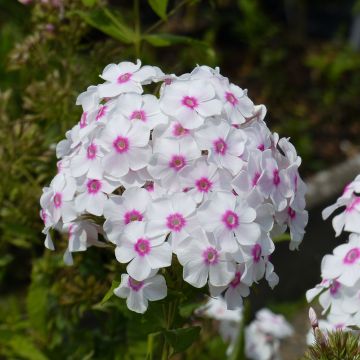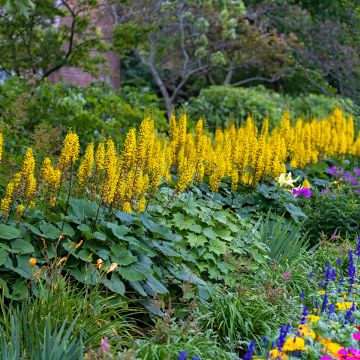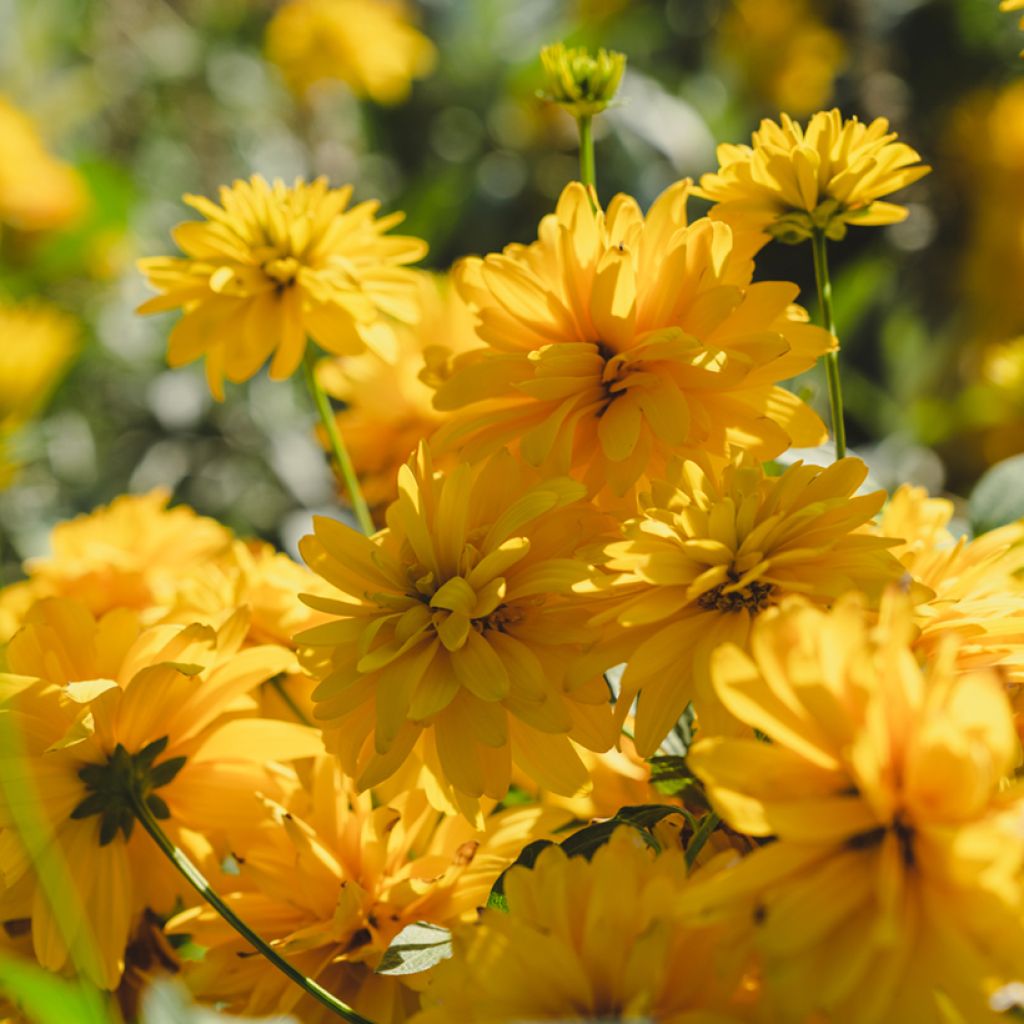

Rudbeckia laciniata 'Goldquelle'
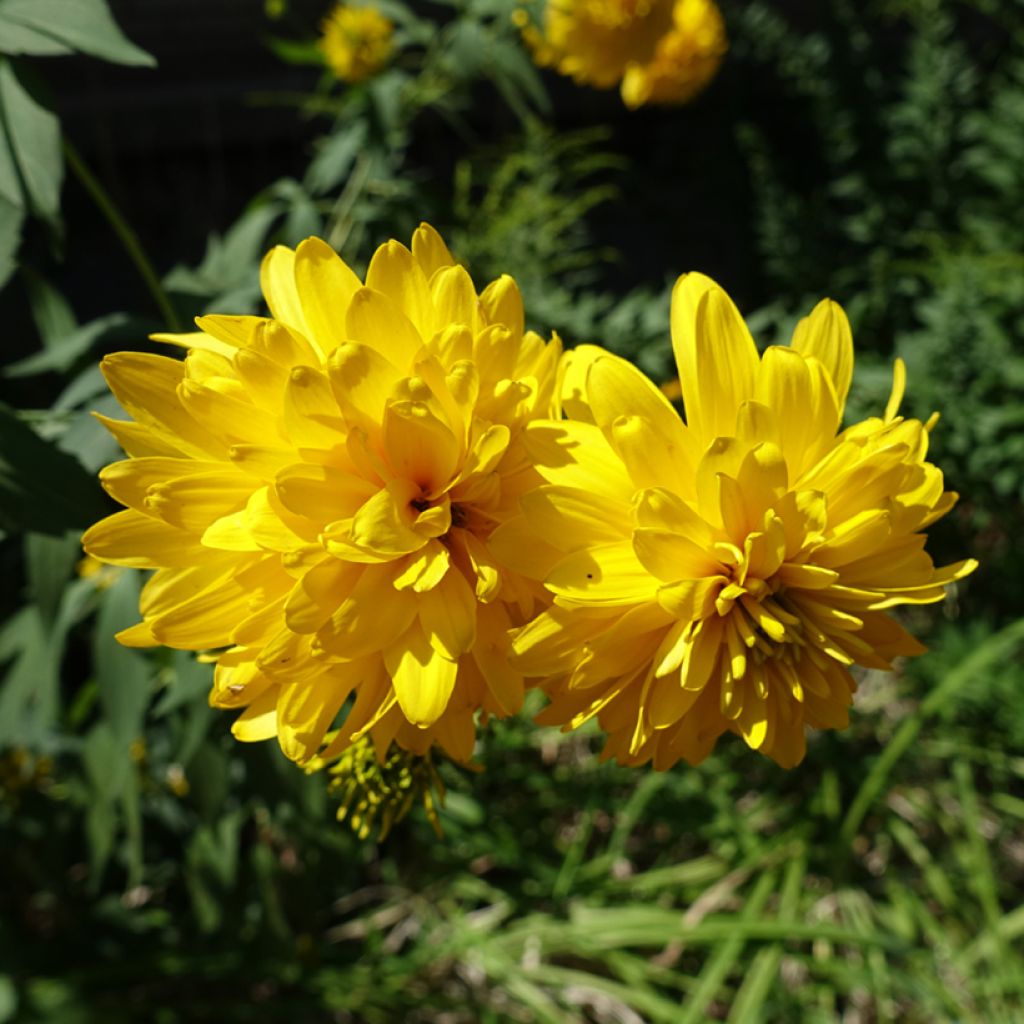

Rudbeckia laciniata 'Goldquelle'
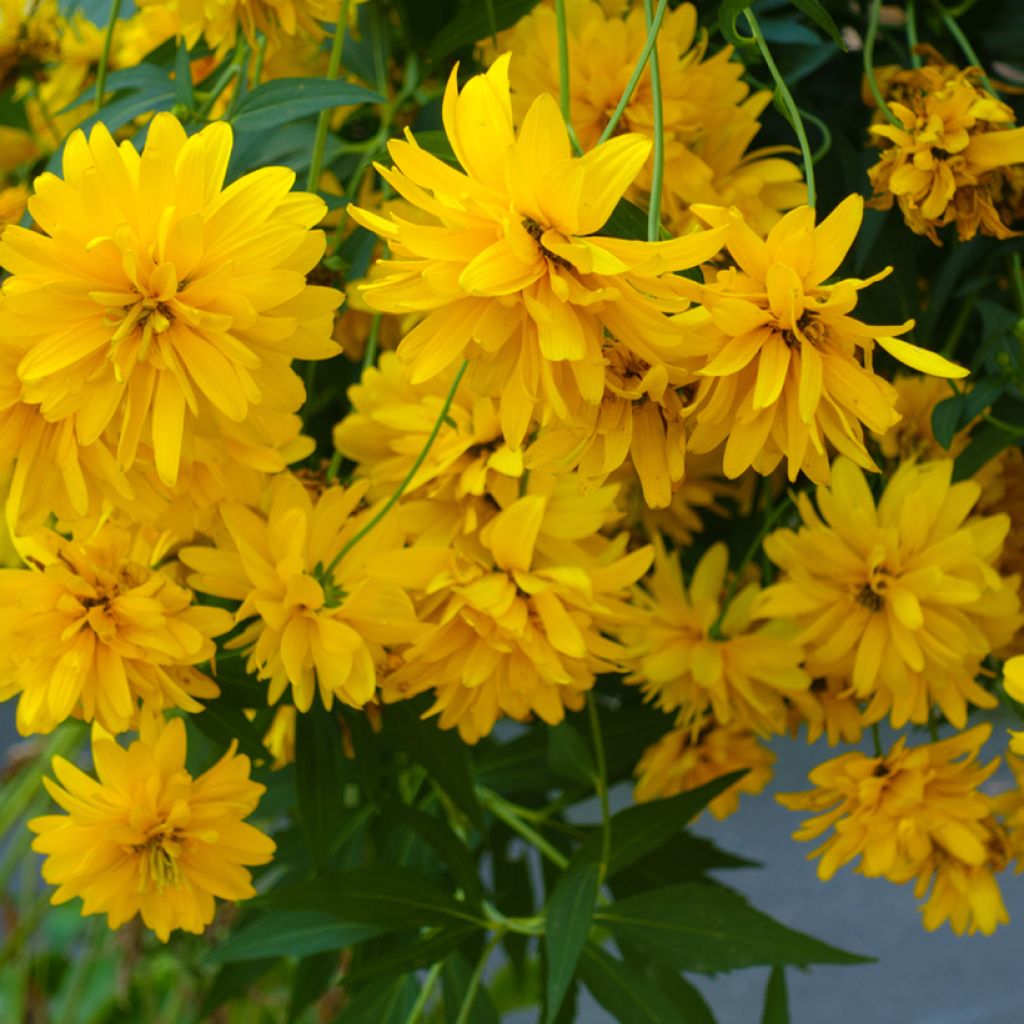

Rudbeckia laciniata 'Goldquelle'
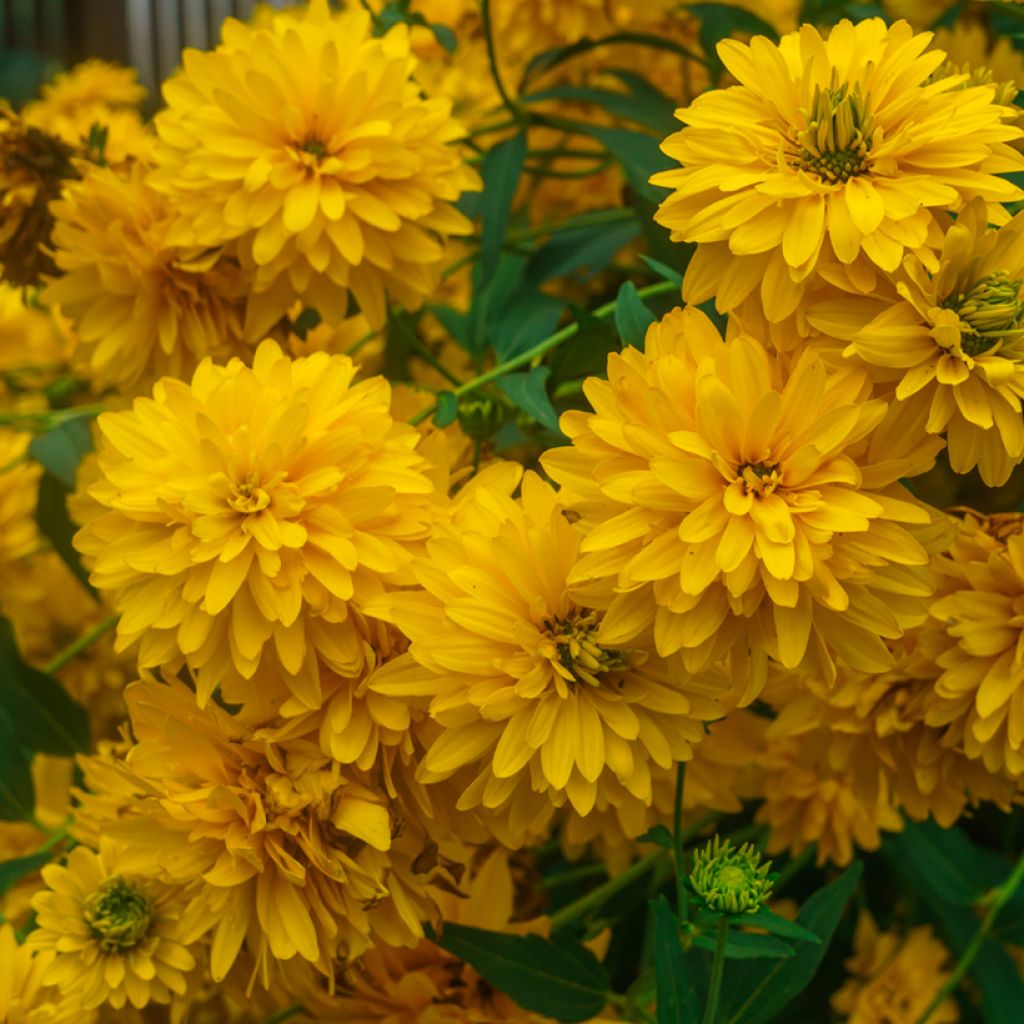

Rudbeckia laciniata 'Goldquelle'
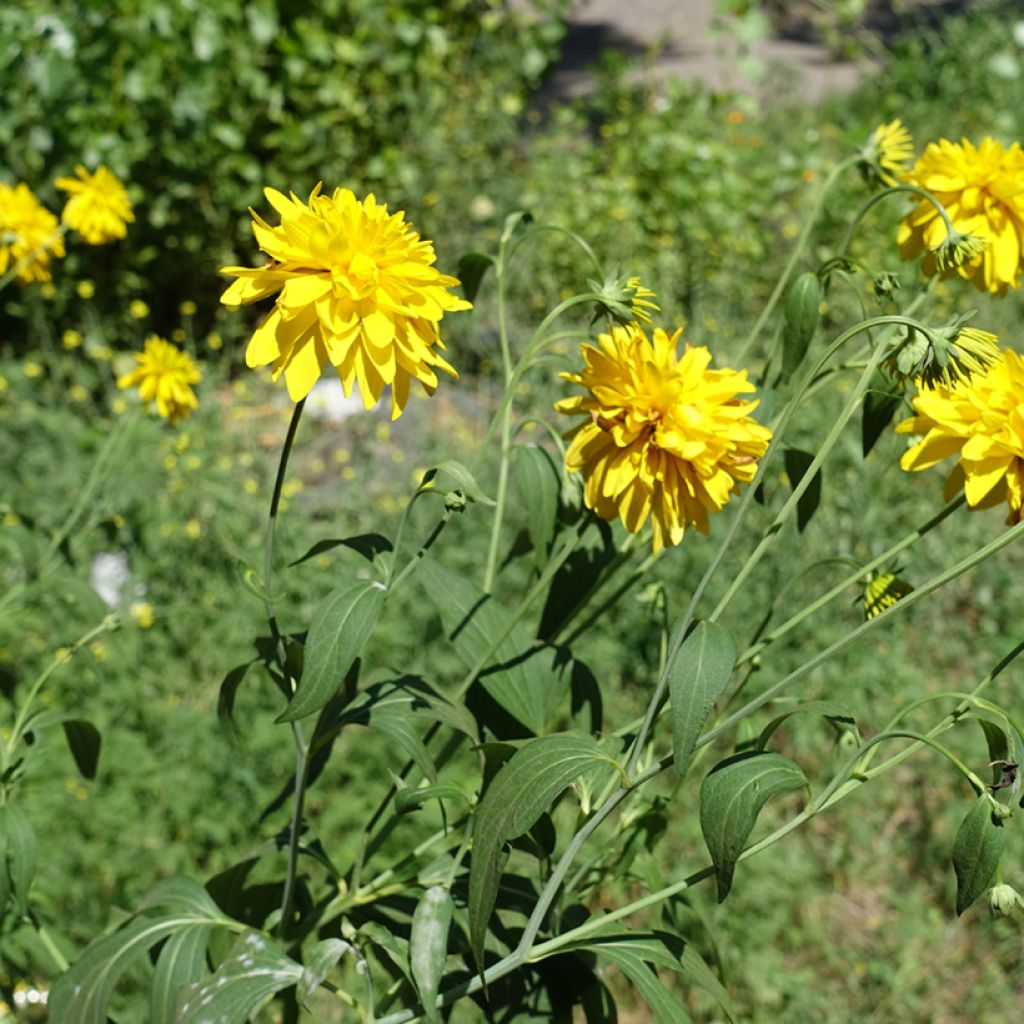

Rudbeckia laciniata 'Goldquelle'
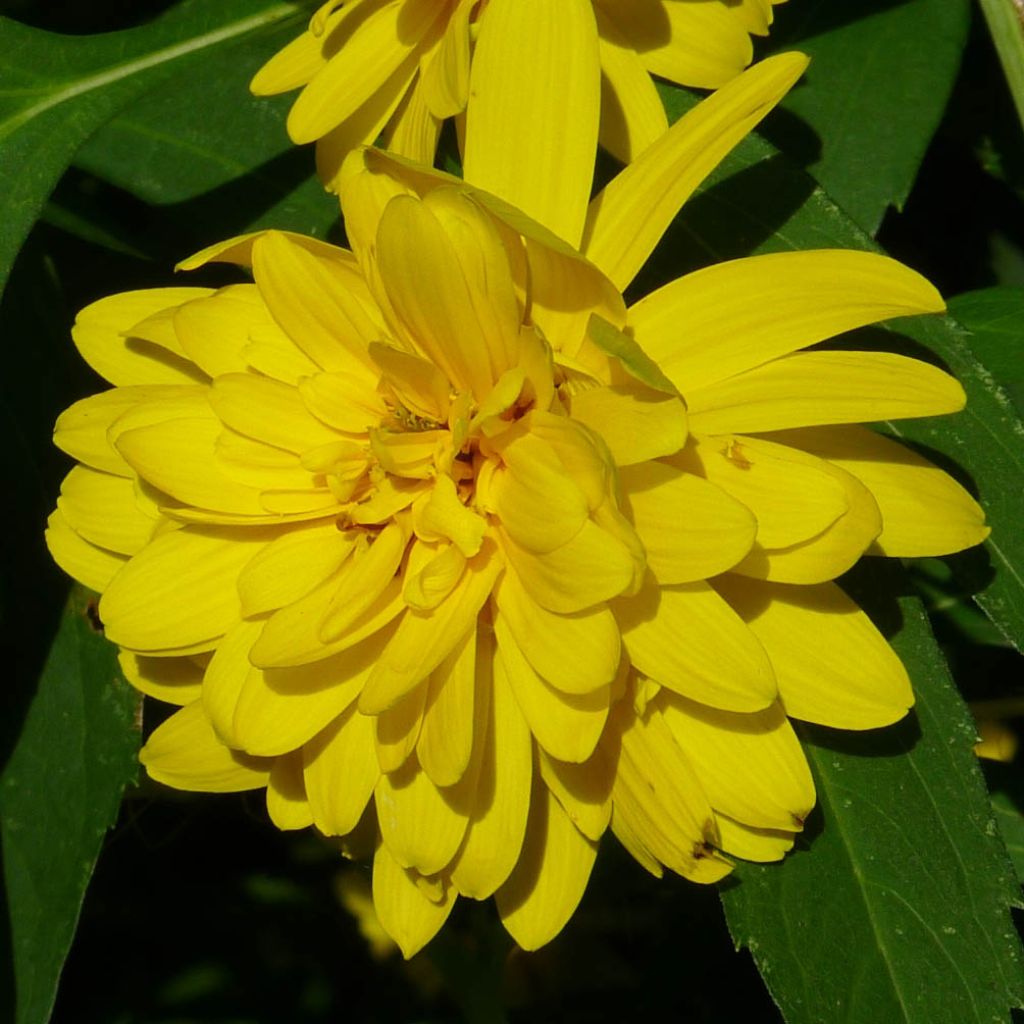

Rudbeckia laciniata 'Goldquelle'
Rudbeckia laciniata 'Goldquelle'
Rudbeckia laciniata Goldquelle
Green-headed Coneflower, Cutleaf Coneflower, Golden Glow
Vine-plant planted upon reception, already producing a few shoots. I'm waiting to see how it develops.
Claire, 06/04/2021
This item cannot be shipped to the selected country
Delivery charge from €5.90
Delivery charge from €5.90
Delivery charge from €5.90
More information
Schedule delivery date,
and select date in basket
This plant carries a 12 months recovery warranty
More information
We guarantee the quality of our plants for a full growing cycle, and will replace at our expense any plant that fails to recover under normal climatic and planting conditions.
From €5.90 for pickup delivery and €6.90 for home delivery
Express home delivery from €8.90.
From €5.90 for pickup delivery and €6.90 for home delivery
Express home delivery from €8.90.
From €5.90 for pickup delivery and €6.90 for home delivery
Express home delivery from €8.90.
Does this plant fit my garden?
Set up your Plantfit profile →
Description
Rudbeckia laciniata 'Goldquelle' is a tall perennial with late flowering. The flowers are large, double, pompom-shaped, and deep yellow, with their ligules lazily drooping under their weight. It is ideal for adding warm colours in late summer.
Rudbeckia laciniata is native to North America. The 'Goldquelle' variety forms a tall perennial with an upright habit and compact, spreading growth, reaching a height of up to 90cm (35in). Its upright stems bear 12cm (5in) long leaves that gradually become smaller towards the top of the stem. They are glabrous green, rough to the touch, arranged alternately and deeply divided into 3 to 5 lobes, sometimes toothed, and elongated in shape. Towards the end of summer, from August to October, as the coolness of the late summer approaches, long floral ligules will unfold to expose large, solitary, deep yellow pompom-like flowers, which will lazily bend their stem. A new explosion of colours in the garden after a dry summer.
Rudbeckia laciniata 'Goldquelle' is easy to grow. With fast growth and good hardiness (-30°C (-22°F)), it is not vulnerable to diseases and pests. Only slugs may attack the young shoots. It prefers ordinary, moist, well-drained soils, but can also tolerate poor soil conditions, as long as some freshness is provided. Sunny exposures are ideal for beautiful flowering and showcasing the color of the flowers.
It can be used on slopes, as a standalone plant or in mass plantings, alongside dahlias, goldenrods, stipas, and tall autumn asters. An association of asters, rudbeckias, and grasses brings a sense of light roundness to the planting bed.
Report an error about the product description
Rudbeckia laciniata 'Goldquelle' in pictures
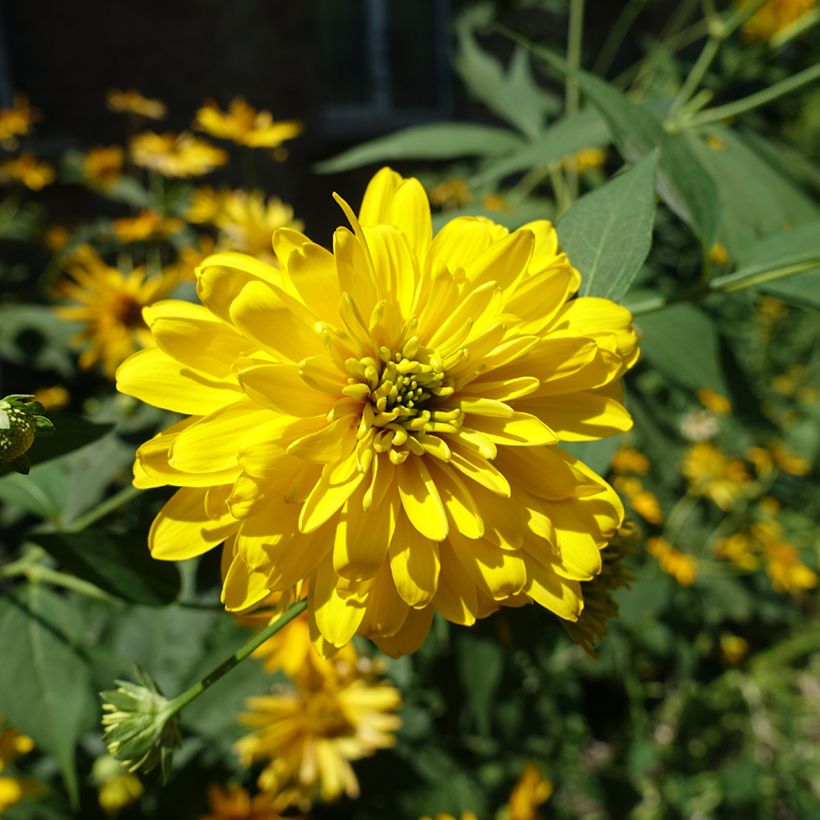

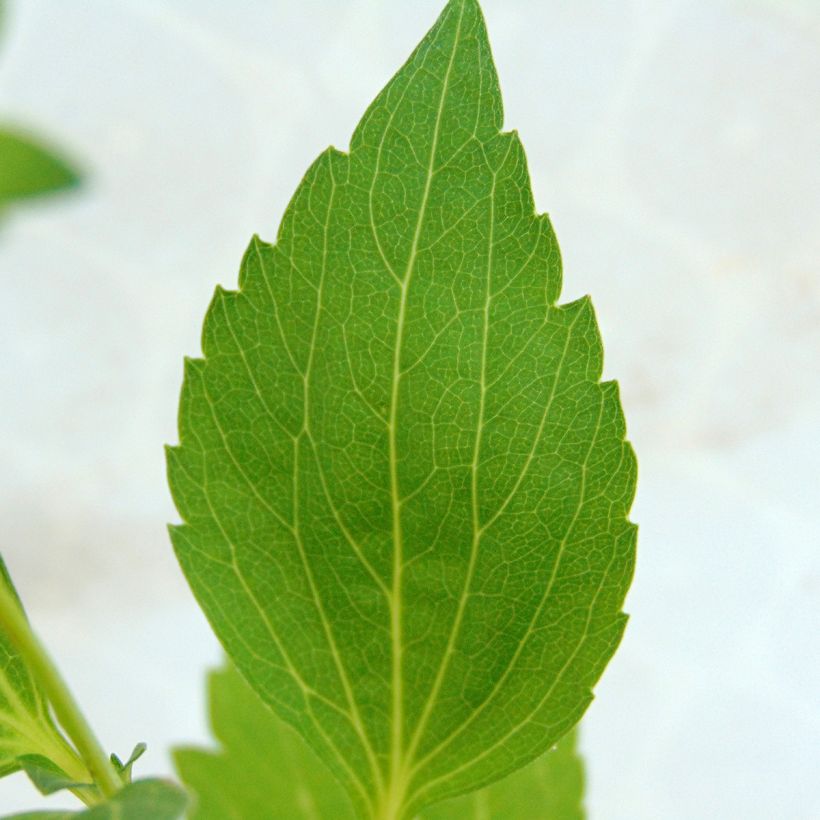

Flowering
Foliage
Plant habit
Botanical data
Rudbeckia
laciniata
Goldquelle
Asteraceae
Green-headed Coneflower, Cutleaf Coneflower, Golden Glow
Cultivar or hybrid
Other Rudbeckia
Planting and care
Hardy and disease-resistant, this 'Goldquelle' Rudbeckia is easy to grow and requires very little maintenance (simply prune the faded flowers in early November). It can thrive in ordinary, even poor, soil as long as it is moist and slightly alkaline, provided that it is well-drained and exposed to a sunny location. It may need staking in windy conditions, which, in any case, will damage its beautiful foliage.
Planting period
Intended location
Care
-
, onOrder confirmed
Reply from on Promesse de fleurs
Summer flowering perennials
Haven't found what you were looking for?
Hardiness is the lowest winter temperature a plant can endure without suffering serious damage or even dying. However, hardiness is affected by location (a sheltered area, such as a patio), protection (winter cover) and soil type (hardiness is improved by well-drained soil).

Photo Sharing Terms & Conditions
In order to encourage gardeners to interact and share their experiences, Promesse de fleurs offers various media enabling content to be uploaded onto its Site - in particular via the ‘Photo sharing’ module.
The User agrees to refrain from:
- Posting any content that is illegal, prejudicial, insulting, racist, inciteful to hatred, revisionist, contrary to public decency, that infringes on privacy or on the privacy rights of third parties, in particular the publicity rights of persons and goods, intellectual property rights, or the right to privacy.
- Submitting content on behalf of a third party;
- Impersonate the identity of a third party and/or publish any personal information about a third party;
In general, the User undertakes to refrain from any unethical behaviour.
All Content (in particular text, comments, files, images, photos, videos, creative works, etc.), which may be subject to property or intellectual property rights, image or other private rights, shall remain the property of the User, subject to the limited rights granted by the terms of the licence granted by Promesse de fleurs as stated below. Users are at liberty to publish or not to publish such Content on the Site, notably via the ‘Photo Sharing’ facility, and accept that this Content shall be made public and freely accessible, notably on the Internet.
Users further acknowledge, undertake to have ,and guarantee that they hold all necessary rights and permissions to publish such material on the Site, in particular with regard to the legislation in force pertaining to any privacy, property, intellectual property, image, or contractual rights, or rights of any other nature. By publishing such Content on the Site, Users acknowledge accepting full liability as publishers of the Content within the meaning of the law, and grant Promesse de fleurs, free of charge, an inclusive, worldwide licence for the said Content for the entire duration of its publication, including all reproduction, representation, up/downloading, displaying, performing, transmission, and storage rights.
Users also grant permission for their name to be linked to the Content and accept that this link may not always be made available.
By engaging in posting material, Users consent to their Content becoming automatically accessible on the Internet, in particular on other sites and/or blogs and/or web pages of the Promesse de fleurs site, including in particular social pages and the Promesse de fleurs catalogue.
Users may secure the removal of entrusted content free of charge by issuing a simple request via our contact form.
The flowering period indicated on our website applies to countries and regions located in USDA zone 8 (France, the United Kingdom, Ireland, the Netherlands, etc.)
It will vary according to where you live:
- In zones 9 to 10 (Italy, Spain, Greece, etc.), flowering will occur about 2 to 4 weeks earlier.
- In zones 6 to 7 (Germany, Poland, Slovenia, and lower mountainous regions), flowering will be delayed by 2 to 3 weeks.
- In zone 5 (Central Europe, Scandinavia), blooming will be delayed by 3 to 5 weeks.
In temperate climates, pruning of spring-flowering shrubs (forsythia, spireas, etc.) should be done just after flowering.
Pruning of summer-flowering shrubs (Indian Lilac, Perovskia, etc.) can be done in winter or spring.
In cold regions as well as with frost-sensitive plants, avoid pruning too early when severe frosts may still occur.
The planting period indicated on our website applies to countries and regions located in USDA zone 8 (France, United Kingdom, Ireland, Netherlands).
It will vary according to where you live:
- In Mediterranean zones (Marseille, Madrid, Milan, etc.), autumn and winter are the best planting periods.
- In continental zones (Strasbourg, Munich, Vienna, etc.), delay planting by 2 to 3 weeks in spring and bring it forward by 2 to 4 weeks in autumn.
- In mountainous regions (the Alps, Pyrenees, Carpathians, etc.), it is best to plant in late spring (May-June) or late summer (August-September).
The harvesting period indicated on our website applies to countries and regions in USDA zone 8 (France, England, Ireland, the Netherlands).
In colder areas (Scandinavia, Poland, Austria...) fruit and vegetable harvests are likely to be delayed by 3-4 weeks.
In warmer areas (Italy, Spain, Greece, etc.), harvesting will probably take place earlier, depending on weather conditions.
The sowing periods indicated on our website apply to countries and regions within USDA Zone 8 (France, UK, Ireland, Netherlands).
In colder areas (Scandinavia, Poland, Austria...), delay any outdoor sowing by 3-4 weeks, or sow under glass.
In warmer climes (Italy, Spain, Greece, etc.), bring outdoor sowing forward by a few weeks.

































